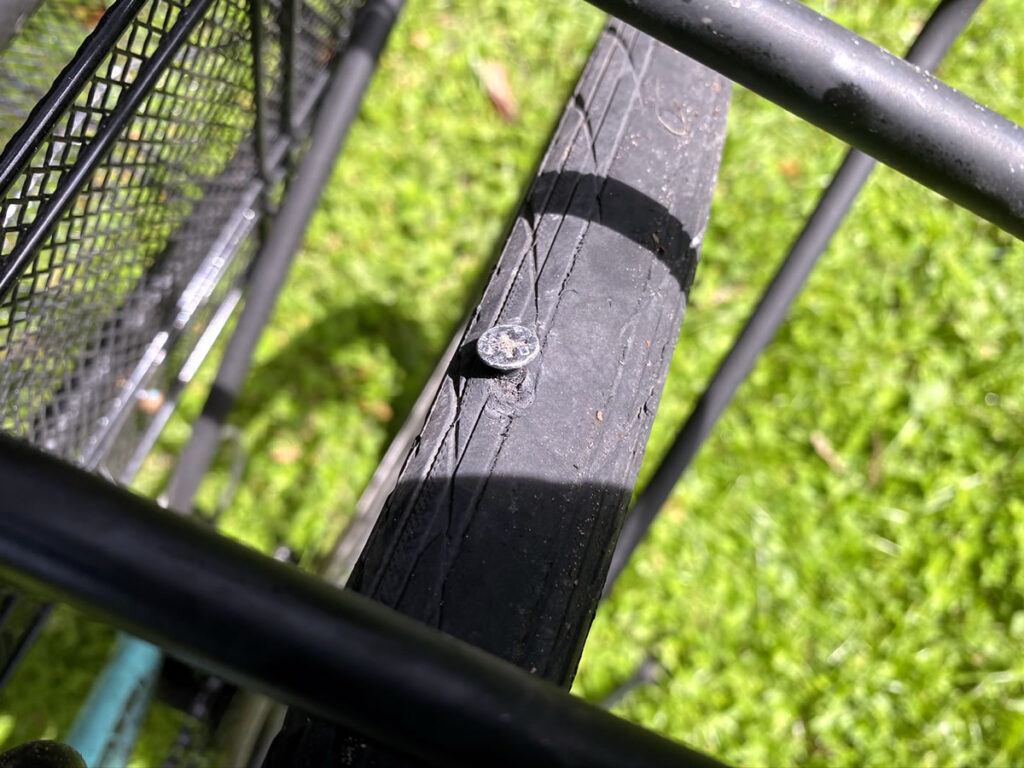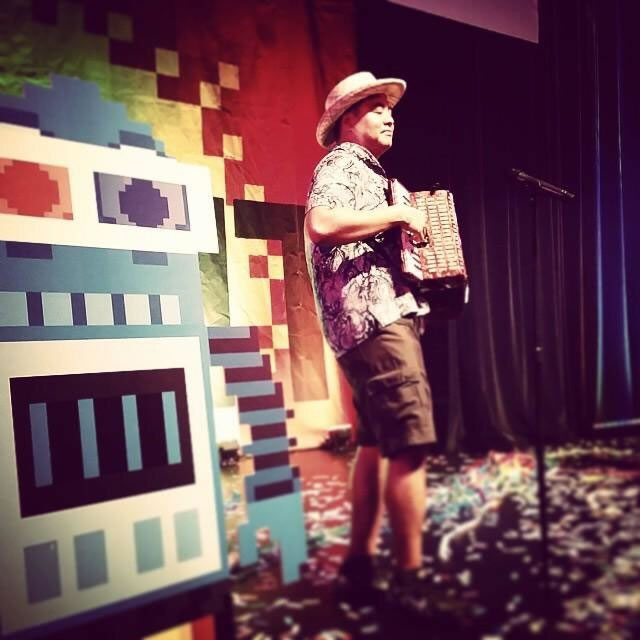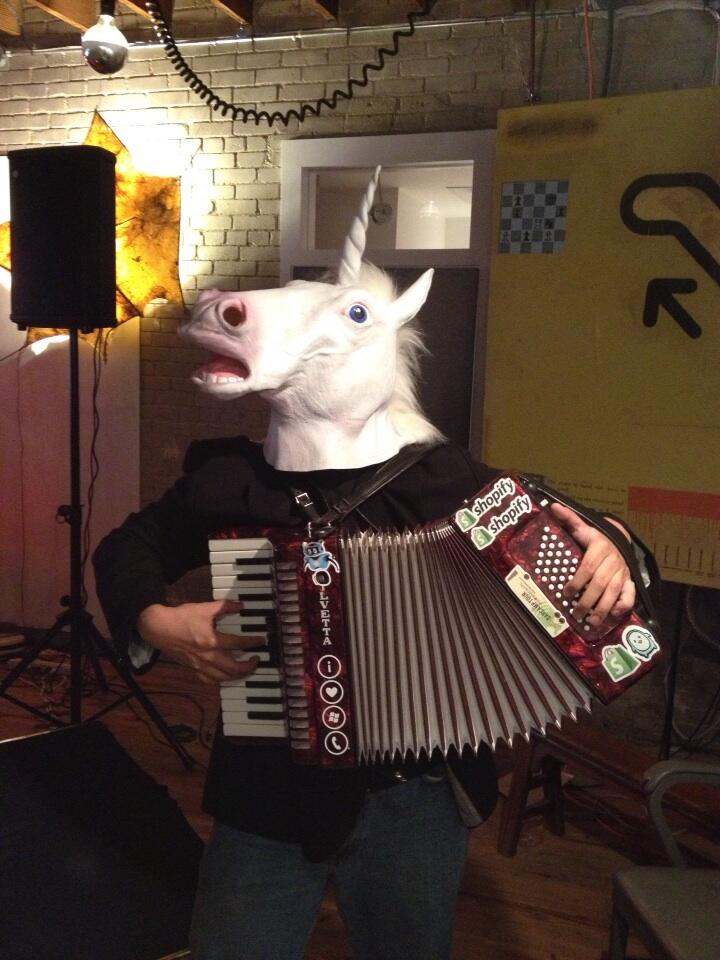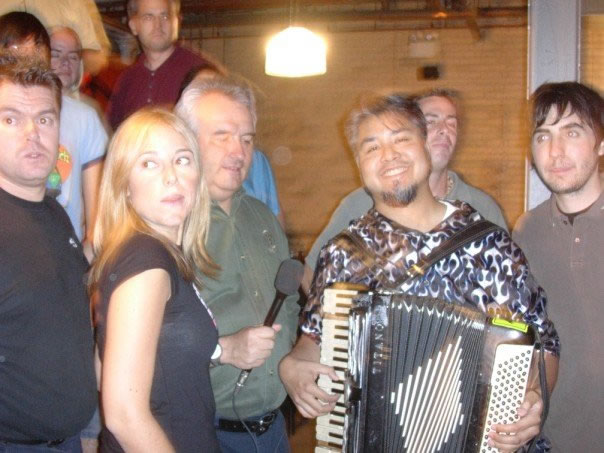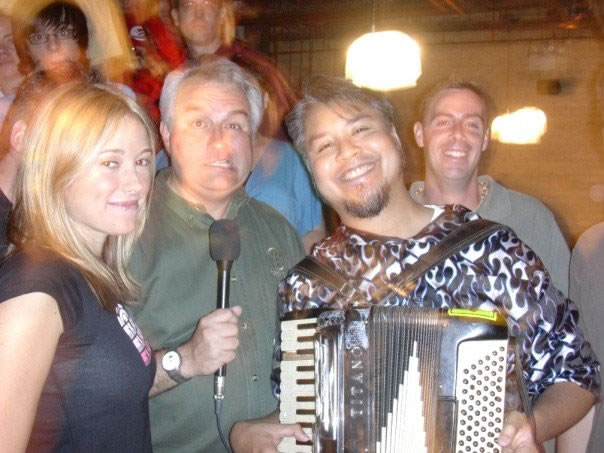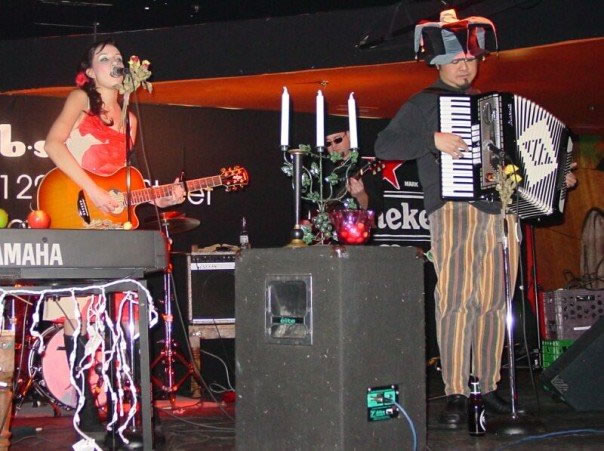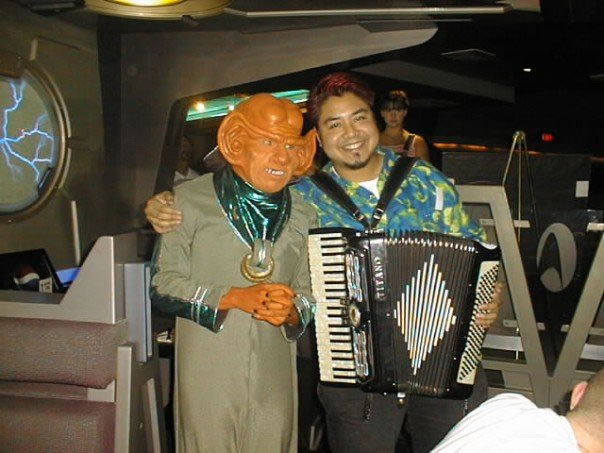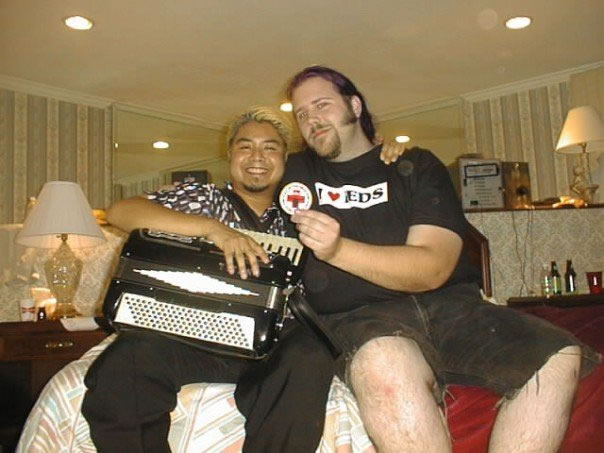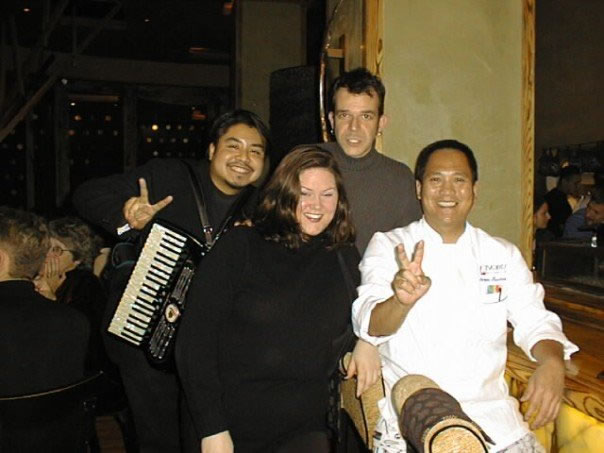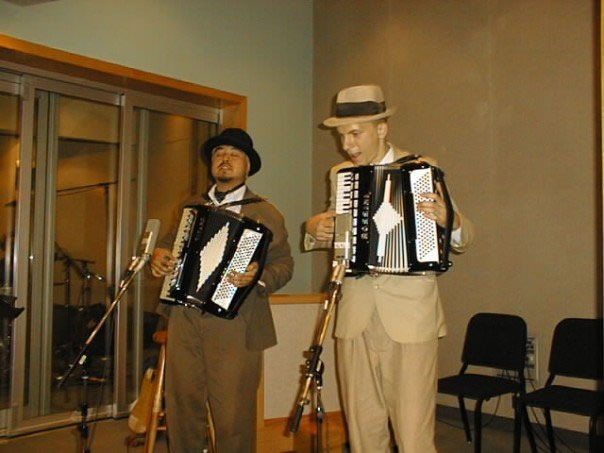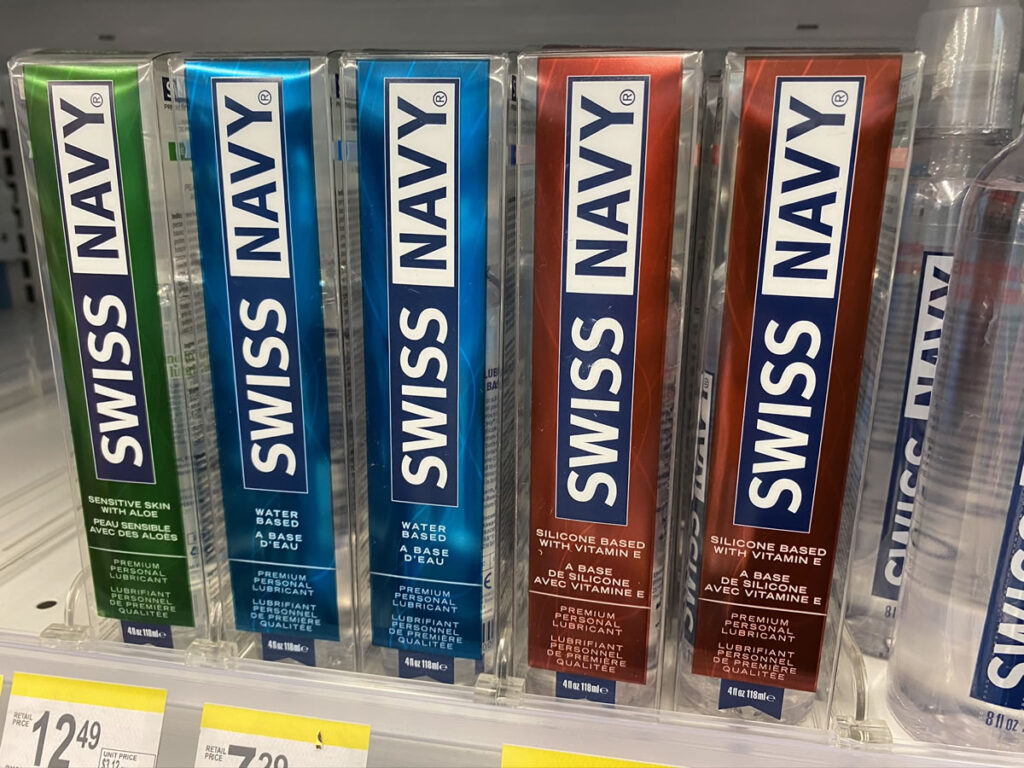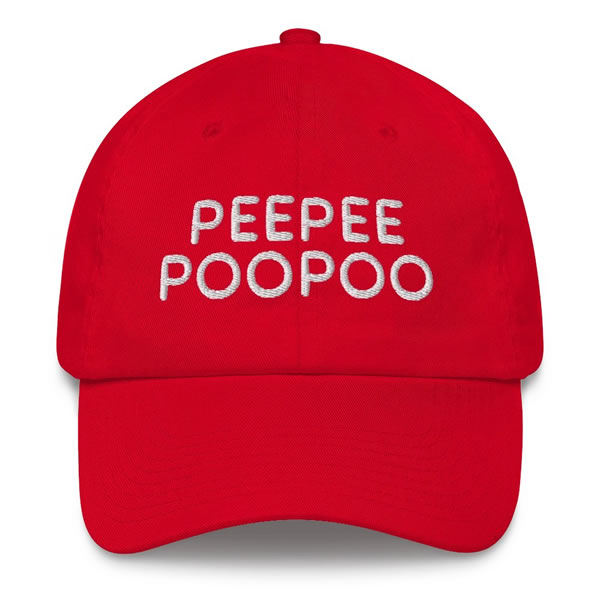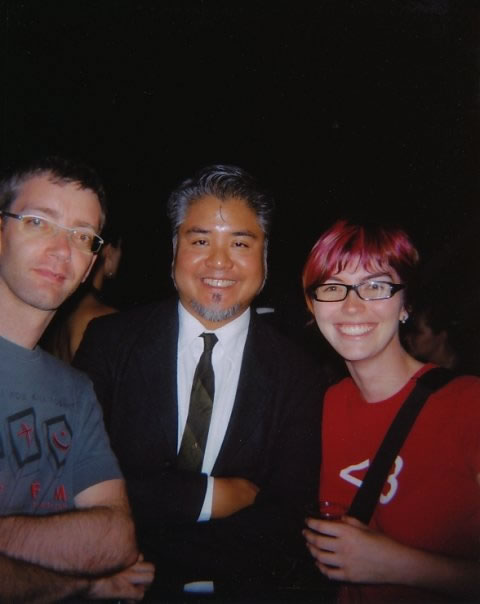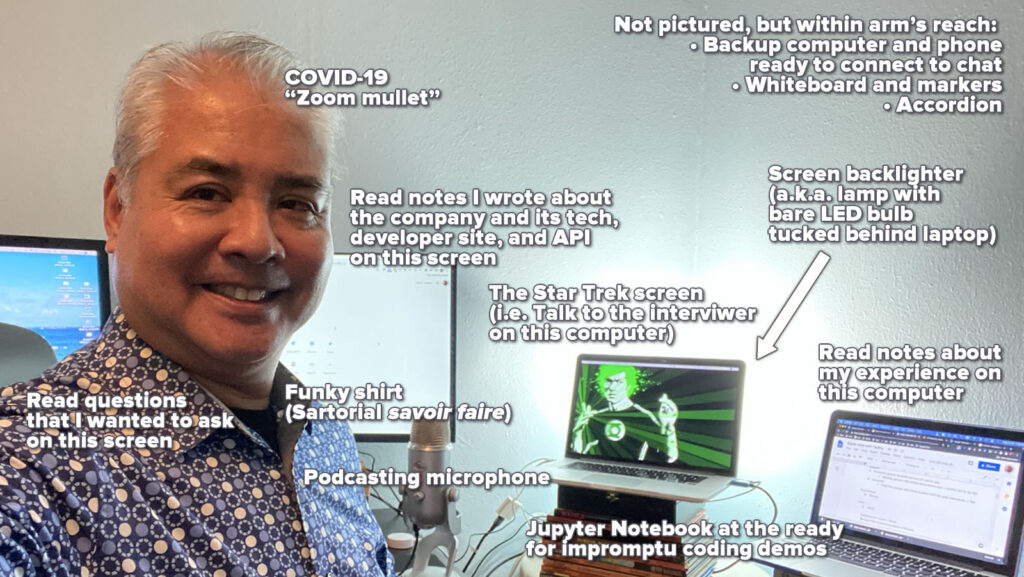Why hasn’t a “sexy” costume based on Joe Exotic or Carole Baskin been announced yet? Usually, when a big pop culture phenomenon happens, the costume company Yandy are pretty quick to capitalize on it.
Yesterday, I got this email:
This Halloween, 3Wishes.com, the online retailer of sexy Halloween costumes has introduced the official Tiger King collection of costumes featuring unlikely pop-icon Joe Exotic as the star. The collection includes the Joe Exotic Men’s Tiger Cowboy Costume with a Blue tiger print sequin shirt, JoeExoticTV.com hat with attached mullet, and holster belt. There’s also the Joe Exotic Men’s Zookeeper Costume with a ‘Zookeeper’ shirt with tiger print “Joe Exotic” back, shorts, JoeExoticTV.com hat with attached mullet, and gun holster belt. There are also women’s versions available.
They’re a bit pricey — we’re talking $99 for the Joe Exotic costumes, and you’ll still have to provide your own “Goin’ to Tampa Gun”.
They’re a noticeable lack of Carole Baskin (I’ve suggested to Anitra that she should go as her), and you’d probably do better — and cheaper — by going to a thrift shop.

